What is a slurry pump? What does a slurry pump do?
To understand slurry pumps, it is important to first un [...]
To understand slurry pumps, it is important to first understand what slurry is. Slurry refers to a mixture of water or other types of liquids with solid particles that are insoluble in the liquid.
The types, sizes, shapes, and concentrations of solid particles in slurry determine its physical and flow properties.
It is also essential to understand the characteristics and classifications of slurry. In industrial applications, slurry is categorized into different types based on its properties.
We generally classify slurry into two types: homogeneous slurry and heterogeneous slurry.
Homogeneous slurry consists of very fine particles that are so small that they do not settle even when the slurry is at rest. However, the viscosity of homogeneous slurry can change macroscopically with concentration, so this characteristic must be considered when selecting a slurry.
Heterogeneous slurry, on the other hand, contains larger particles that settle when the slurry is at rest. The presence of coarser particles increases the abrasive nature of the slurry. In industrial production, we often encounter heterogeneous slurry.
Concept of a Slurry Pump
From a physics perspective, a slurry pump belongs to the category of centrifugal pumps. It uses the rotation of the pump impeller to generate centrifugal force, which imparts energy to the mixture of liquid and solid particles. A slurry pump is designed specifically for pumping slurry that is highly corrosive, contains heterogeneous particles, and has a high solids concentration. This sets it apart from ordinary water pumps.
The slurry pumps we see in industrial production are a type of pump used for transporting slurry. Slurry pumps can be further classified based on different criteria:
Based on the number of impellers inside the pump, they can be classified as single-stage impeller slurry pumps or multi-stage impeller slurry pumps.
Based on the position of the pump shaft relative to the horizontal plane, they can be classified as horizontal slurry pumps or vertical slurry pumps.
Based on the way the impeller draws in water, they can be classified as single-suction slurry pumps or double-suction slurry pumps.
Based on the structure of the pump casing, they can be classified as horizontally split and vertically combined. Slurry pumps can be widely used in industries such as mining, power generation, metallurgy, coal, and environmental protection for transporting slurry with abrasive solid particles. For example, they are used in ore dressing plants for slurry transport, in thermal power plants for hydraulic ash removal and coal washing, in dredging rivers, and for riverbed desilting. In the chemical industry, they can also transport corrosive slurry containing crystals. Slurry pumps used for sand selection in seawater or sand excavation in rivers are called sand pumps or dredge pumps. Mud pumps, impurity pumps, dredge pumps, desilting pumps, etc., are all within the scope of slurry pump applications. Although they may have different names, they are collectively referred to as slurry pumps.
Slurry pumps, also known as impurity pumps, are mostly a type of centrifugal pump. They are crucial equipment for the transportation of solid-liquid mixtures with certain particle sizes and concentrations. With the vigorous development of pipeline hydraulic conveying technology, slurry pumps are now widely used in many industrial fields. Their main purpose is to transport media with particles. Due to the complex working conditions, slurry pumps are subjected to significant wear during daily use. Due to the limited scope of the term “slurry pump” itself, people from other industries may have misconceptions about it. In fact, mud pumps, impurity pumps, dredge pumps, desilting pumps, etc., are all within the application scope of slurry pumps.




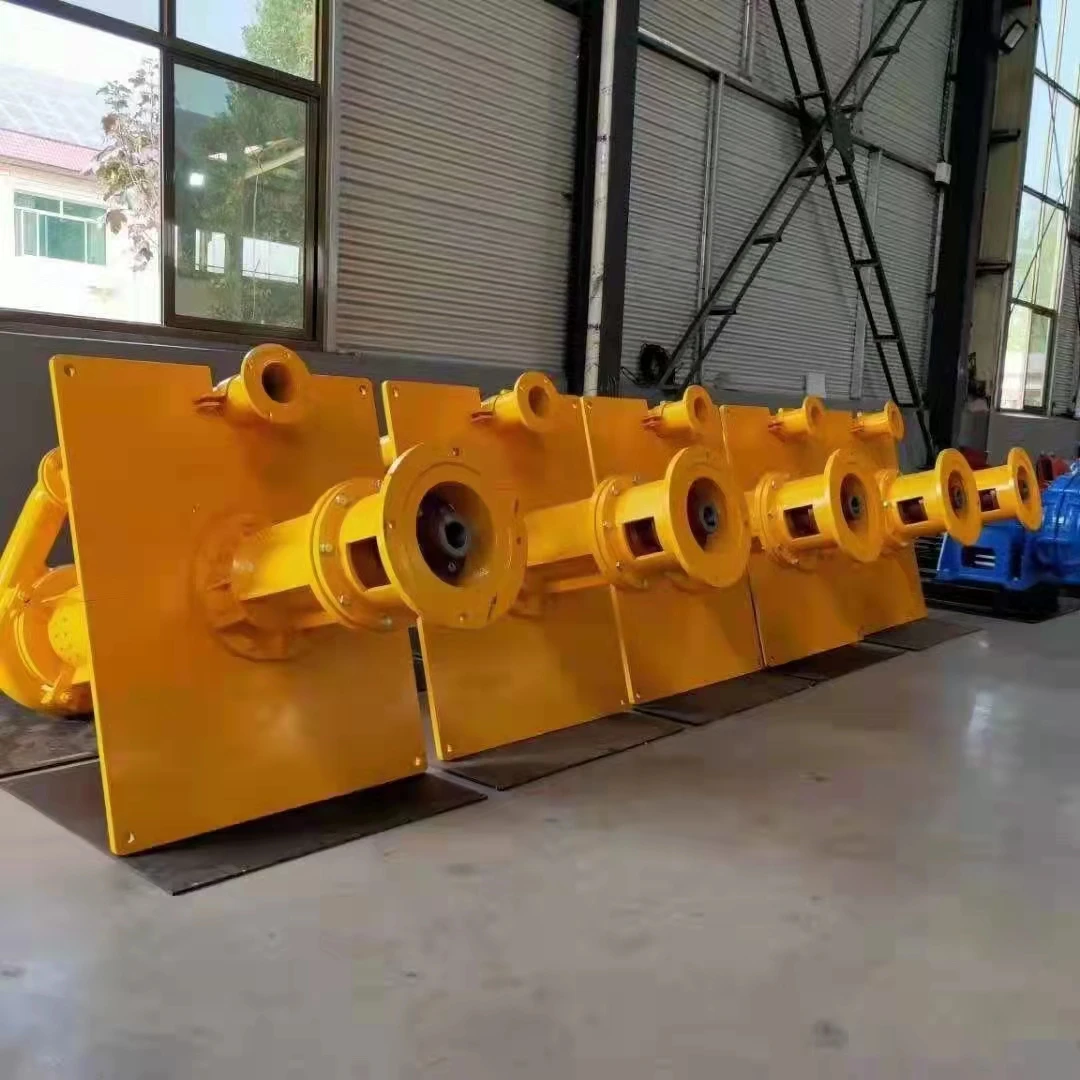
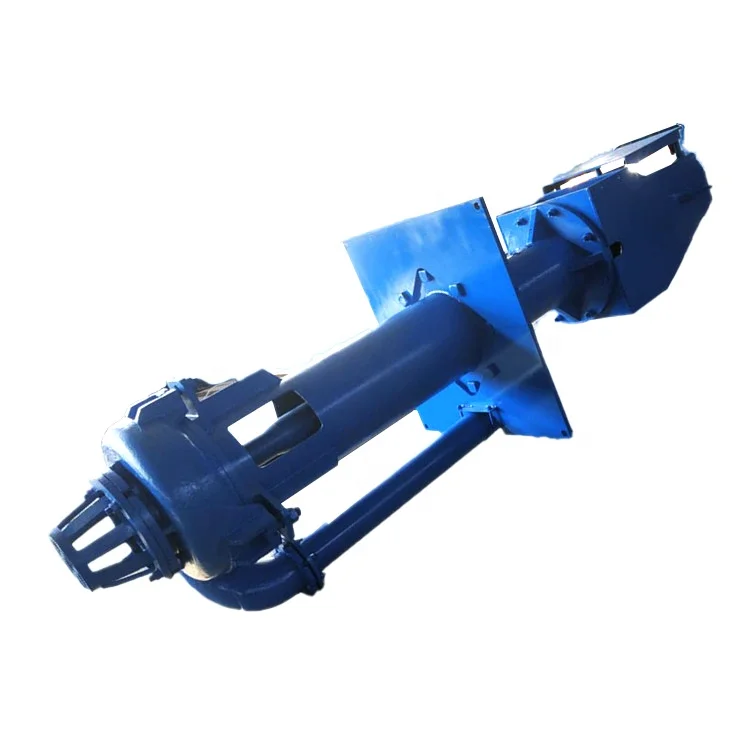
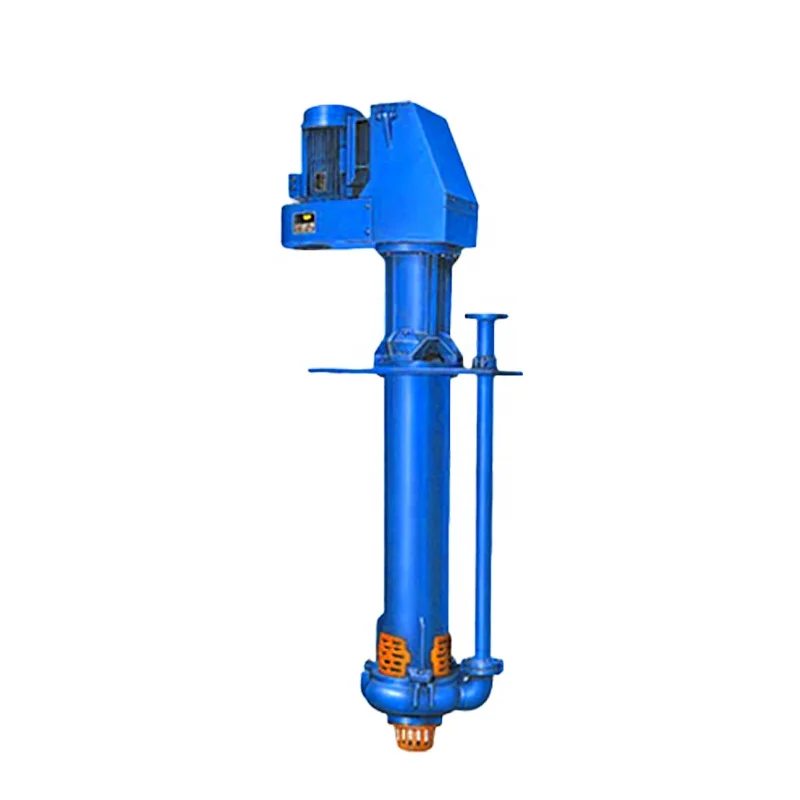
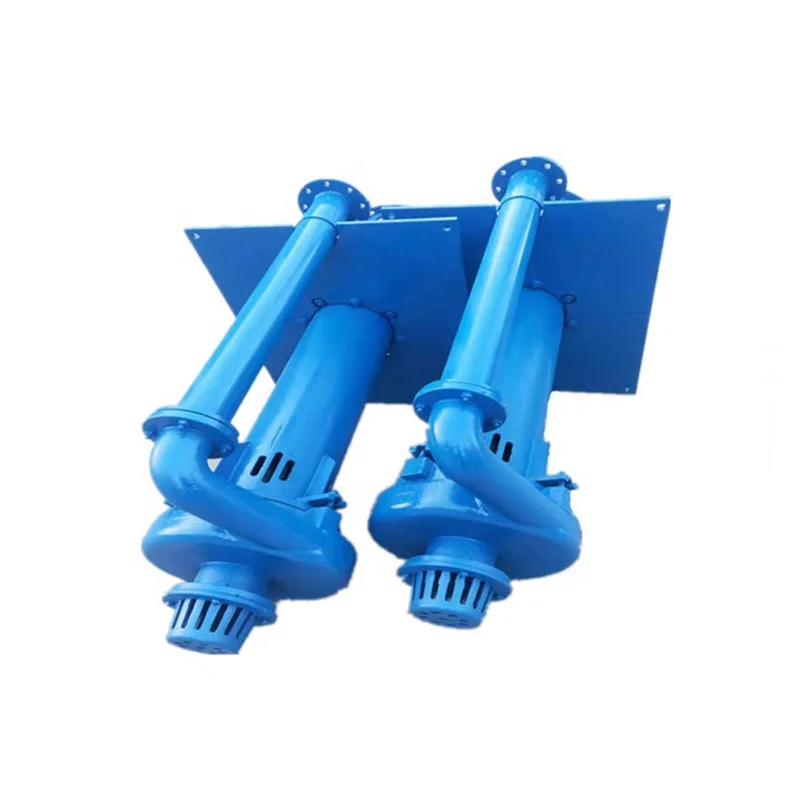
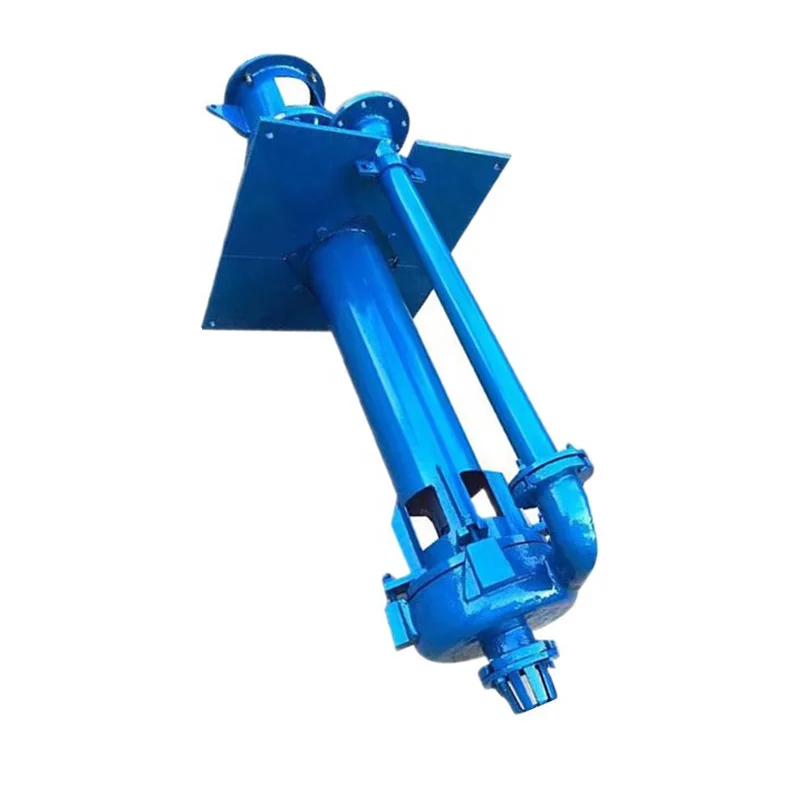

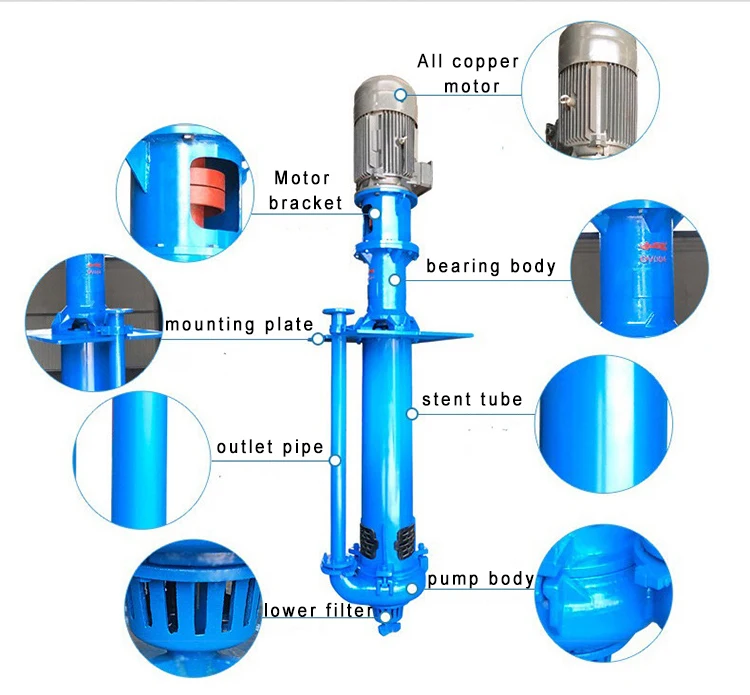
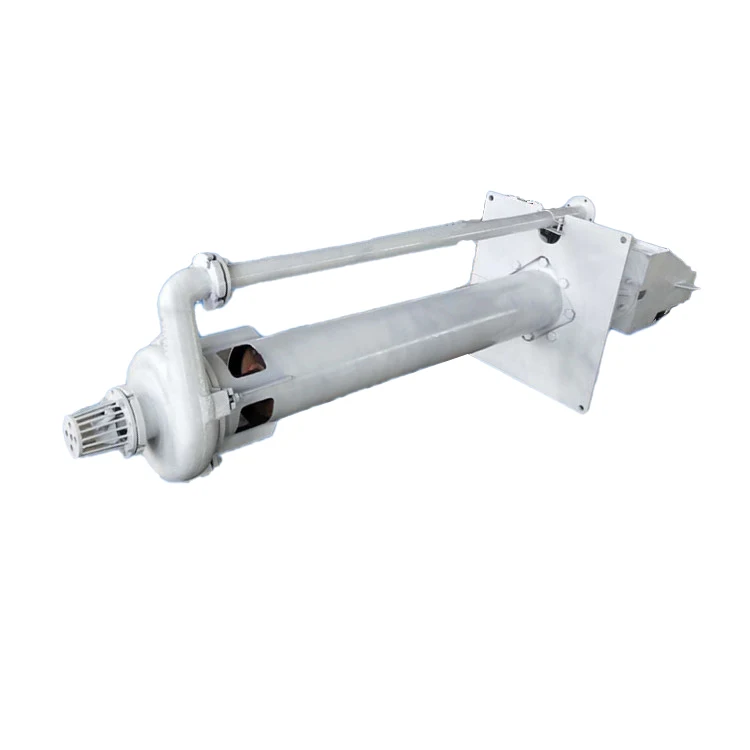
Please login to write a comment after